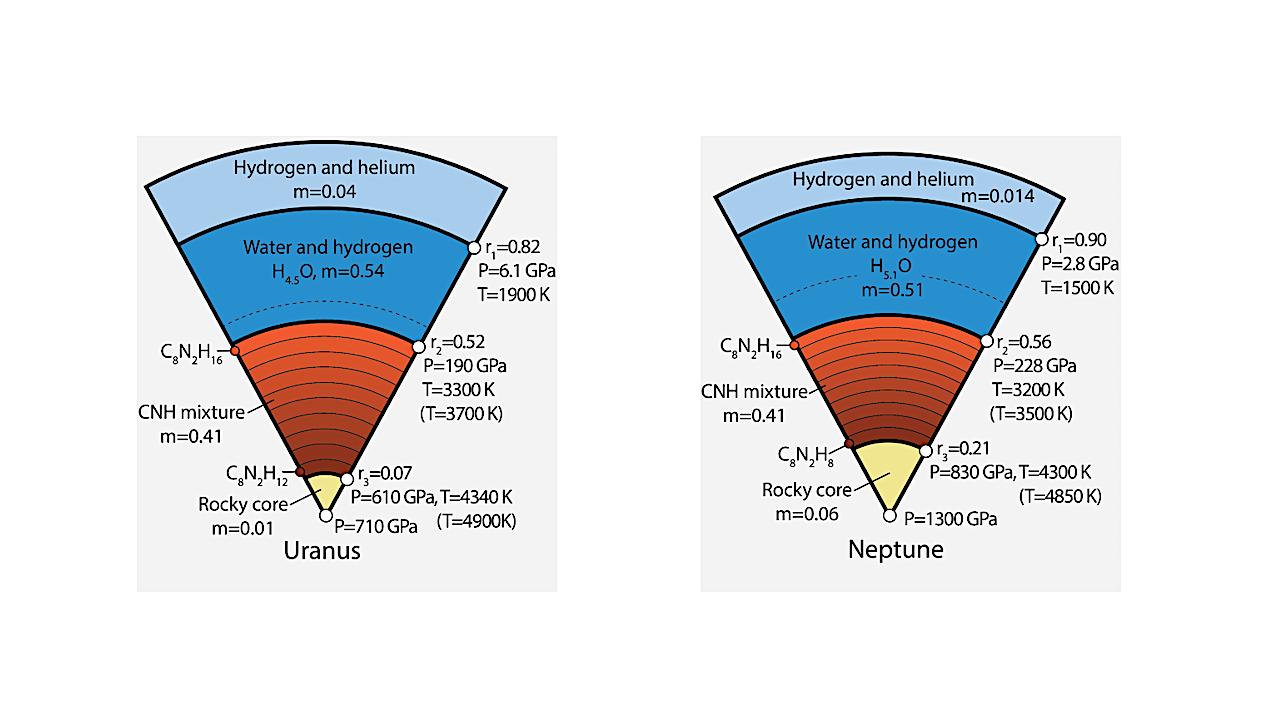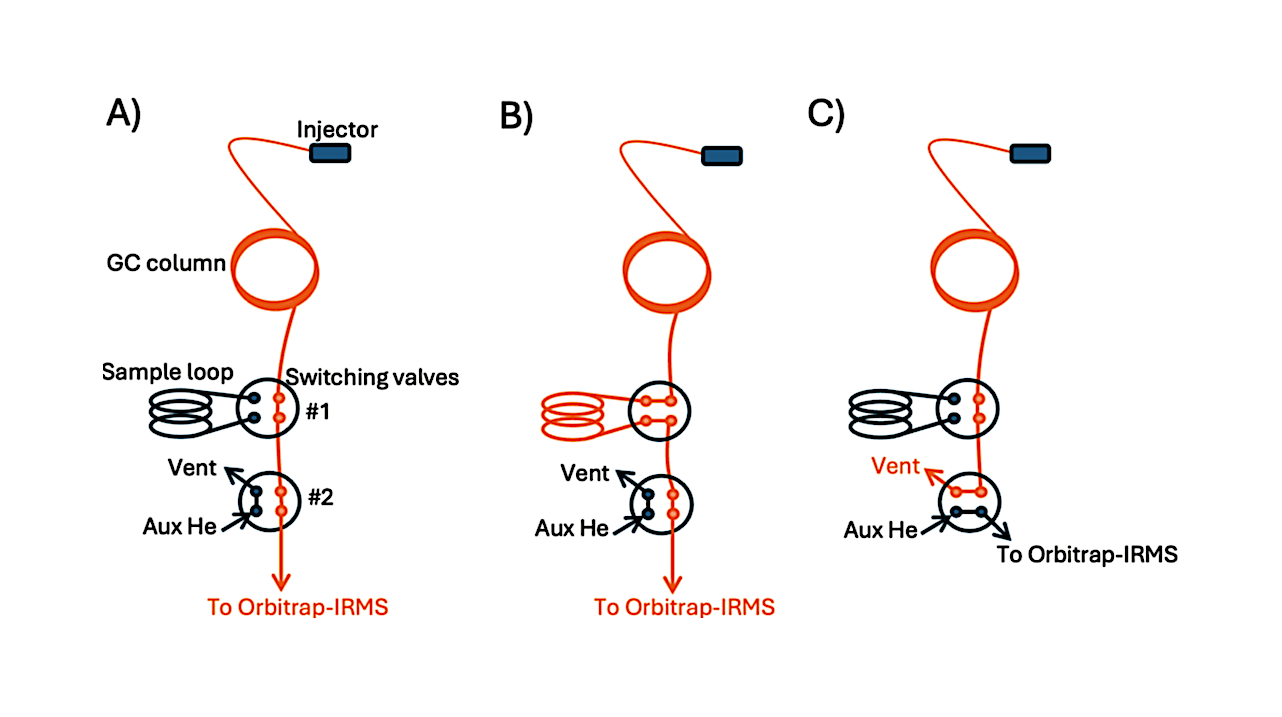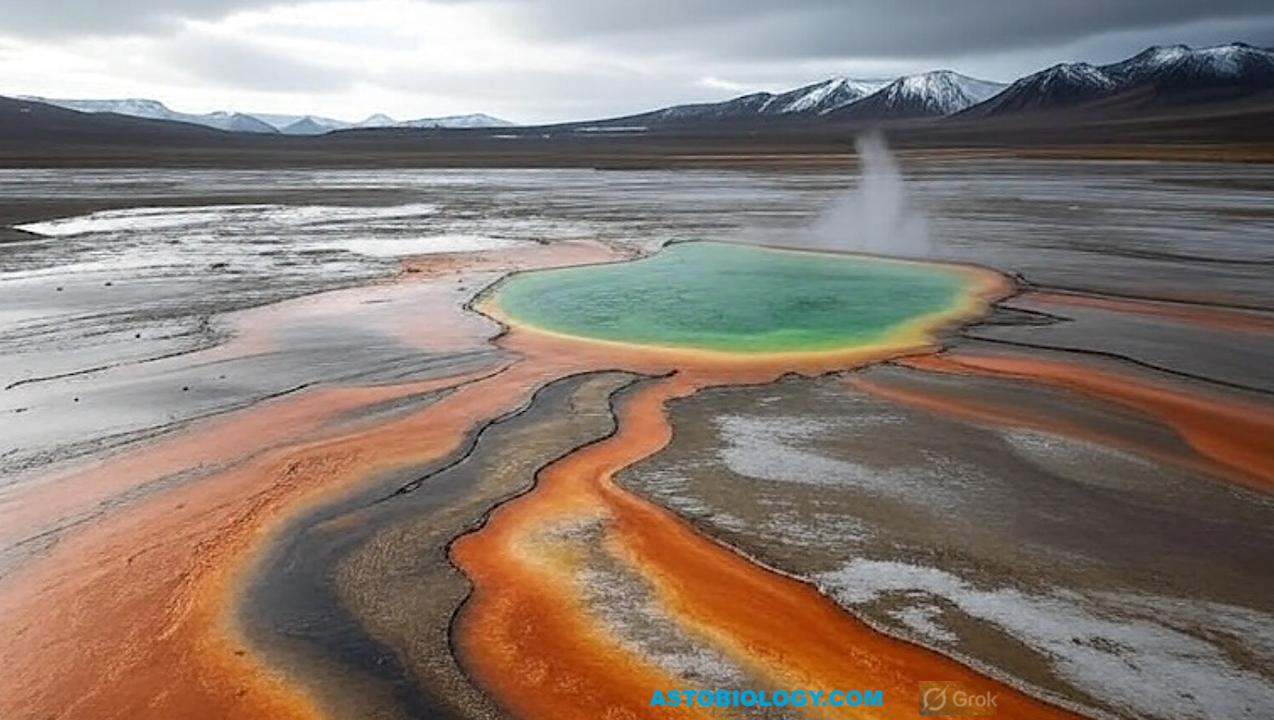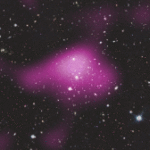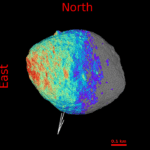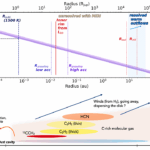Two representative interior models for Uranus and Neptune with four layers: 1) hydrogen and helium, 2) H2O and hydrogen, 3) carbon-nitrogen-hydrogen mixture and 4) the rocky core composed of iron
Astrobiology36- Page
This image, which combines infrared data from the James Webb Space Telescope with submillimetre observations from the Atacama Large Millimetre/submillimetre Array (ALMA), shows the doughnut-shaped torus and interconnected bubbles of
This image, which combines infrared data from the James Webb Space Telescope with submillimetre observations from the Atacama Large Millimetre/submillimetre Array (ALMA), shows the doughnut-shaped torus and interconnected bubbles of
Meteorite heading through Earth’s atmosphere — Grok via Astrobiology.com Climate change is inducing a global atmospheric contraction above the tropopause (~10 km), leading to systematic decrease in neutral air density.
Meteorite heading through Earth’s atmosphere — Grok via Astrobiology.com Climate change is inducing a global atmospheric contraction above the tropopause (~10 km), leading to systematic decrease in neutral air density.
Schematic of the GC-Orbitrap-IRMS instrumental setup: (A) GC–Orbitrap-IRMS mode, (B) the GC–SL–Orbitrap-IRMS mode, and (C) He–MS mode.– Rapid Communications In Mass Spectrometry (via PubMed) Background Obtaining isotopic data on soluble
Schematic of the GC-Orbitrap-IRMS instrumental setup: (A) GC–Orbitrap-IRMS mode, (B) the GC–SL–Orbitrap-IRMS mode, and (C) He–MS mode.– Rapid Communications In Mass Spectrometry (via PubMed) Background Obtaining isotopic data on soluble
Hot spring on Early Earth — Grok via Astrobiology.com Chemists at UCL have shown how two of biology’s most fundamental ingredients, RNA (ribonucleic acid) and amino acids, could have spontaneously
Hot spring on Early Earth — Grok via Astrobiology.com Chemists at UCL have shown how two of biology’s most fundamental ingredients, RNA (ribonucleic acid) and amino acids, could have spontaneously
The total K-band polarised intensity map of MWC 758 (left, Ren et al. 2023) compared to the total intensity at 2.2 µm from our Radmc3d model (right). Both are masked
-
 012024 in Review: Highlights from NASA in Silicon Valley
012024 in Review: Highlights from NASA in Silicon Valley -
 02Panasonic Leica Summilux DG 15mm f/1.7 ASPH review
02Panasonic Leica Summilux DG 15mm f/1.7 ASPH review -
 03How New NASA, India Earth Satellite NISAR Will See Earth
03How New NASA, India Earth Satellite NISAR Will See Earth -
 04And Thus Begins A New Year For Life On Earth
04And Thus Begins A New Year For Life On Earth -
 05Astronomy Activation Ambassadors: A New Era
05Astronomy Activation Ambassadors: A New Era -
06SpaceX launch surge helps set new global launch record in 2024
-
 07Space Force plans new ‘Futures Command’ amid pressure to speed up modernization
07Space Force plans new ‘Futures Command’ amid pressure to speed up modernization


